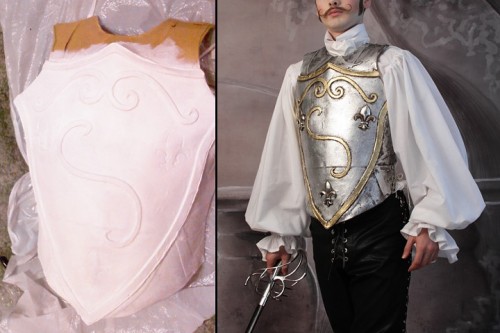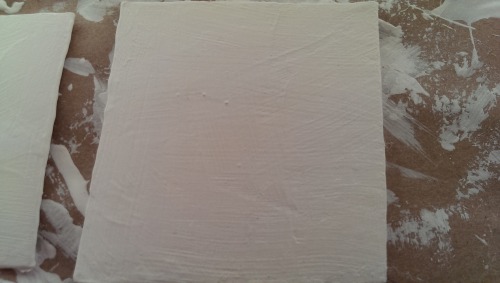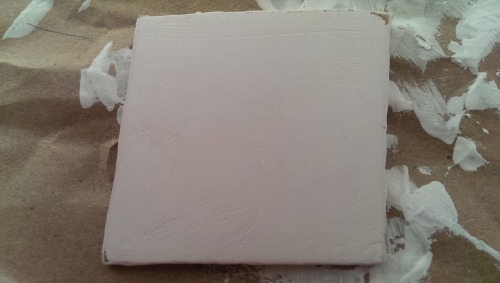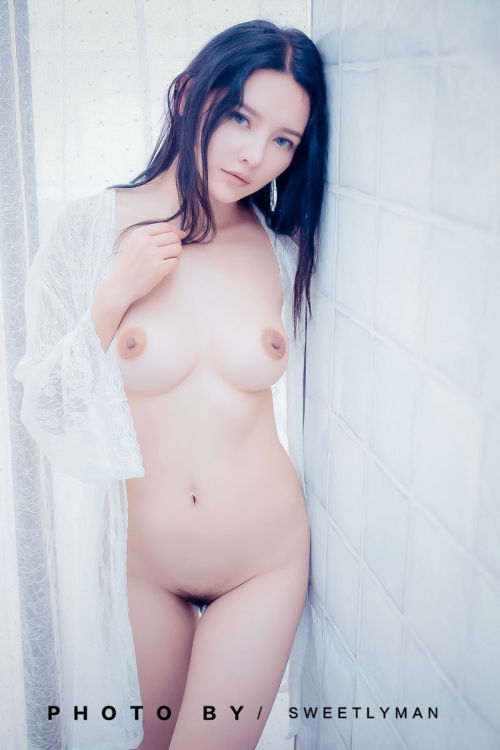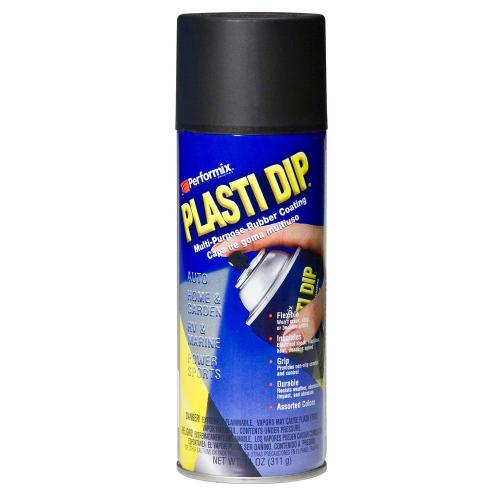#armor making
As a follow up to our Making Worbla Smooth Experiment, here is the detailed write-up regarding the methods used in that experiment.
Making Worbla Smooth
There are many methods for making Worbla smooth so I decided to do a test run myself based on the primary methods others have used. The three main ways of covering Worbla have been using Gesso, Plasti-Dip, or Wood Glue. This experiment only covers Gesso with Mod Podge acrylic sealerorGesso with Plasti-dip. I didn’t have Wood Glue available during the time of conducting the test so there will be another part to this series that will include a comparison using Wood Glue.
Method
I used 8 layers of Golden Sandable Hard Gesso and 150 Grit Sandpaper. I prefer this Gesso over any clear Gesso as you can actually see the streaks so that when you sand it, you can see the Worbla getting smoother (pictures 3 & 4). In addition, the sandable Gesso has additives that makes it thicker so that you don’t have to do as many layers or as much sanding to make it look good. Yay for that!
You’ll notice I didn’t do a good enough job of sanding so you can still see some streaks in the forth image. If I were to do this again, I would do 6 layers, sand with 150 grit, and then add another 4 layers, then sand again with 150 grit to get a smoother finish (instead of just 8 layers straight). I tried sanding only 4 layers in and unfortunately, I exposed the Worbla, so 6 layers of Gesso is the very minimum in guarding against Worbla exposure. Also, it’s very important that each layer of Gesso dries completely before you put on the next. Otherwise, if you start sanding, the Gesso will chip and take, along with it, all the layers underneath. In picture 4, you will notice this happened on the edges of the Gesso which is why the Worbla is exposed there.
Results
Picture one (left) shows the top piece which is Worbla painted without any additional work. The bottom piece is 8 layers of Gesso, sandpaper, one layer of Mod Podge acrylic sealant, and then one layer of Gold Metallic Paint.
Picture two (right) shows the top piece which is Worbla painted without any additional work. The bottom piece shows Worbla with 8 layers of Gesso, sandpaper, 2 layers of Plasti-Dip, and one layer of Gold Metallic Paint (Rustoleum brand).
Conclusion: I was surprised that the piece with the Mod Podge sealant looks smoother than the one with the Plasti-dip! I think the Plasti-dip made the items look more foam-like than I anticipated. It seems as though the Plasti-dip reacts oddly to Worbla.
Stay tuned when I try this experiment with Wood Glue.
Post link

